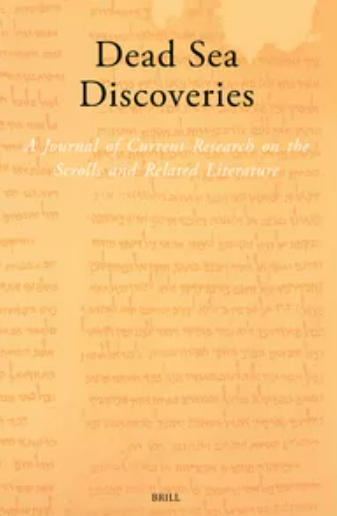https://doi.org/10.1163/15685179-02903002
이 논문은 축복을 수행할 뿐만 아니라 축복 행위 자체를 성찰하는 쿰란 텍스트들을 검토한다. 이를 통해 기도 전통을 생성하는 전례 주기가 성장하게 된 배경의 갈망과 필연성을 더 잘 이해할 기회를 제공한다.본고는 마스킬(maśkîl)의 찬양시, 창조주 찬가, 그리고 4Q408이라는 세 텍스트를 살펴본다. 이 텍스트들에서 축복의 수행은 태초의 시간과 창조 서사의 현실화라는 렌즈를 통해 창조주를 인정하는 행위로 제시된다. 이 논문은 신적 존재들이 창조 행위를 인식하고 반응하는 것으로 상상되는 방식이, 전례 수행자들이 모방하는 모델을 형성한다고 주장한다. 수행자들이 이 모델을 모방하는 이유는 이 높은 존재들의 거룩함에 최대한 가까이 다가가기 위함이다. 이 사례는 해석과 수행의 상호작용 및 그것이 제2성전기 구전 및 기록 텍스트 전통의 출현과 성장에 미친 영향을 보여준다.
This essay examines Qumran texts that not only perform blessing but also reflect on the activity of blessing itself, and thereby offer an opportunity to better understand the urge and necessity behind the growth of liturgical cycles that generate traditions of prayer. The paper looks at three texts, the hymns of the maśkîl, the Hymn to the Creator, and 4Q408, in which the performance of blessing is presented as acknowledgment of the creator through the lens of primordial time and the actualization of creation narratives. The essay argues that the way in which divine beings are imagined as perceiving and responding to the act of creation forms a model that liturgical performers emulate in order to approach as much as possible the holiness of these higher beings. This example demonstrates the interaction between interpretation and performance and their impact on the emergence and growth of textual traditions, both oral and written, in the Second Temple period.






